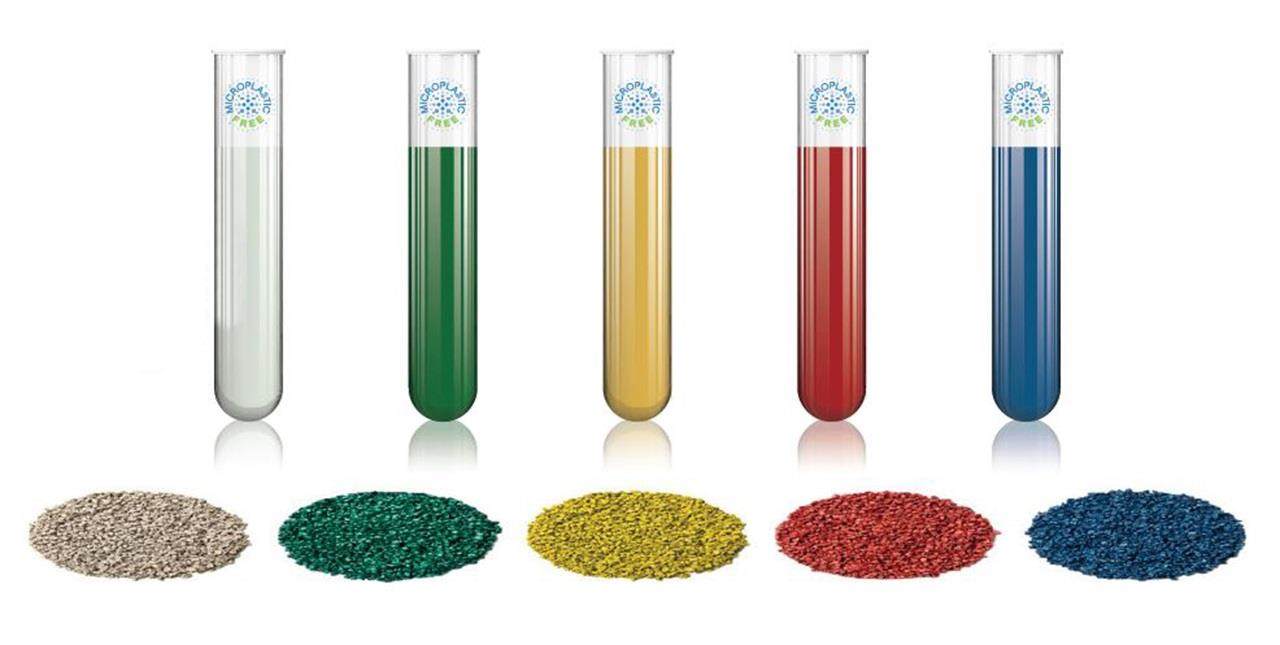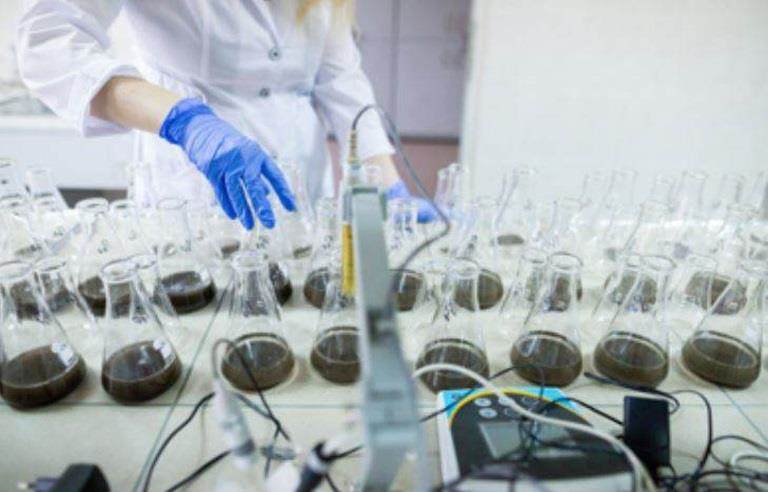Microplastic-free film coats for vegetables: samples ready
Incotec is close to launching microplastic-free seed coatings for vegetables. This edition of our newsletter also covers testing methods, EU timelines, and France’s early adoption plans.
CONTENTS
- Microplastic-free film coats for veg one step closer
- What test methods are used to determine whether a sample contains microplastic?
- Are the timelines originally proposed still being met or could there be a delay?
- Might individual countries deviate from these timelines?
Microplastic-free film coats one step closer
Incotec is one step closer to commercially introducing the new generation of microplastic-free film coats for vegetables. The upscaling trials in January were successfully completed. This means that samples are available for customers.The new coatings are part of a range of microplastic-free seed coatings that Incotec is offering in anticipation of restrictive legislation, and are compatible with commonly used plant protection products. Marta Dobrowolska-Haywood: “We have developed a new range of microplastic-free vegetable seed coatings that deliver high quality results. The range is available in 5 vibrant colours and offers excellent performance in all quality aspects. They are REACH and EPA compliant and have been validated on the rotary coater as well as the rotary dry coater.’’

What test methods are used to determine whether a sample contains microplastic?
Methods for microplastic analysis are needed to understand the impact of microplastics on the environment more systematically. Quantitative measurements and analysis techniques have not yet been established. The analysis techniques used currently have limitations in terms of detection limit and speed. Examples of non-destructive analysis methods include microscopy, microscopy with spectroscopy, microscopy with FTIR, and microscopy with Raman spectroscopy. Destructive analyses include liquid chromatography with mass spectrometry (LC/MS/UV), gas chromatography connected with mass spectrometry (GC/MS), subsuming pyrolysis/gas chromatography/mass spectrometry (Pyr/GC/MS), and thermal desorption gas chromatography (TD/GC/MS).
Are the timelines originally proposed still being met or could there be a delay?
There has been some delay in finalising the opinions by the Committee for Risk Assessment (RAC) and the Committee for Socio-economic Analysis (SEAC), yet in 2022 the European Union member states may still adopt the restriction. After that there will be a thorough check by the EU council and Parliament after which the restriction proposal is adopted. This will be sooner than by the end of 2022 or 2023. Taking into consideration the proposed 5-year transition period for binders and the 8-year transition period for plant protection products, a likely scenario would be that the restriction will come into effect in January 2028 for binders and January 2031 for PPPs.
Might individual countries deviate from these timelines?
Indeed, there are indications that France, which is a leading country in Europe when it comes to agricultural production, might be considering already implementing the restriction on 1 January 2027. Which would be 1 year sooner than elsewhere in Europe. It is unclear whether France would allow plant protection products an extra extension of three years which might put (even) more pressure on chemical companies, seed enhancement companies and seed companies to join forces in developing microplastic free solutions.

Des enrobages sans microplastiques pour les semences de légumes en cours de développement
